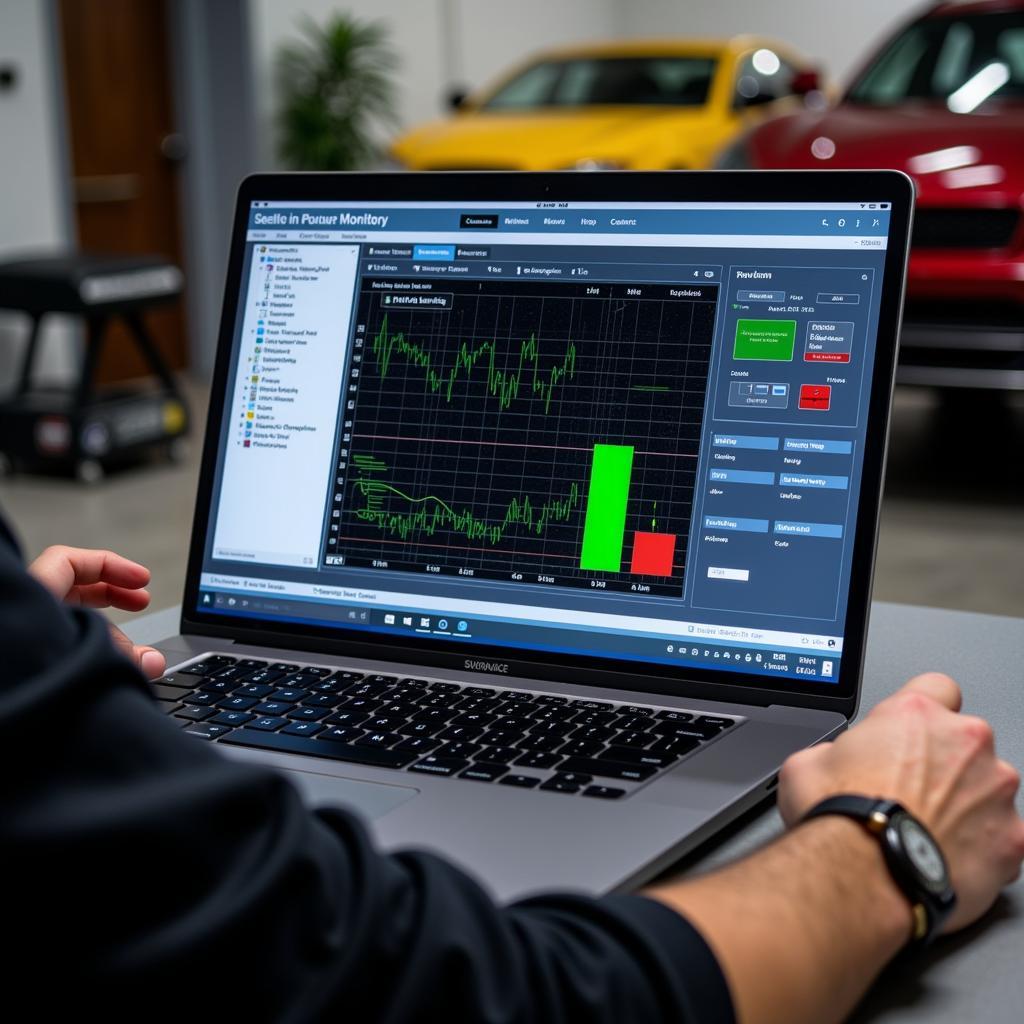Understanding your car’s health goes beyond checking the oil and tire pressure. Modern vehicles rely heavily on intricate electronic systems, and that’s where car diagnostics come in. “How To Check Car Diagnostics” is a common question, and this guide provides a clear, comprehensive approach to demystify the process.
What Does Car Diagnostic Mean?
Car diagnostics involve retrieving data from your vehicle’s onboard computer, the Engine Control Unit (ECU). This data, often displayed as Diagnostic Trouble Codes (DTCs), provides valuable insights into the performance of various systems within your car, including the engine, transmission, emissions, and more.
Why Is Checking Car Diagnostics Important?
Timely car diagnostic checks can save you from unexpected breakdowns, costly repairs, and potential safety hazards. Here’s why:
- Early Problem Detection: Diagnostics can reveal underlying issues before they escalate into major problems, saving you from expensive repairs down the line.
- Improved Performance: By identifying and addressing minor glitches, you can enhance your vehicle’s fuel efficiency, performance, and overall drivability.
- Safer Driving: Diagnostic checks can uncover safety-related issues, ensuring a safer driving experience for you and your passengers.
- Informed Repair Decisions: Understanding the diagnostic codes empowers you to make informed decisions about repairs, avoiding unnecessary services.
How to Check Car Diagnostics: Step-by-Step
While professional mechanics have access to advanced diagnostic tools, you can perform basic checks yourself:
- Locate the OBD-II Port: Most cars manufactured after 1996 have a standardized OBD-II port, usually located under the dashboard on the driver’s side.
- Choose a Diagnostic Tool: Several options are available, from basic code readers to advanced scan tools. Which car diagnostic tool is the best for you depends on your budget and technical expertise.
- Connect the Tool: Plug the diagnostic tool into the OBD-II port.
- Turn on the Ignition: Turn the key to the “on” position without starting the engine.
- Retrieve Diagnostic Trouble Codes: Follow the tool’s instructions to read and record any displayed DTCs.
Understanding Diagnostic Trouble Codes (DTCs)
DTCs are alphanumeric codes that represent specific issues within your car’s systems.
- Format: Codes typically start with a letter (e.g., P for powertrain, B for body, C for chassis, U for network) followed by four digits.
- Resources: Numerous online databases and resources, including DiagFixPro, provide detailed explanations of DTCs and their potential causes.
 Car Diagnostic Trouble Codes
Car Diagnostic Trouble Codes
When to Seek Professional Help
While basic diagnostic checks can be helpful, it’s crucial to consult a qualified mechanic for:
- Complex Issues: For persistent warning lights, multiple DTCs, or issues beyond your technical expertise.
- Repairs: Addressing the root cause of DTCs often requires specialized tools and knowledge.
- Regular Maintenance: Incorporate professional diagnostic checks into your car’s routine maintenance schedule.
“Knowing how much to get a car put on a diagnostic machine can save you money in the long run,” says automotive expert James Miller, lead mechanic at Miller Automotive Solutions. “Ignoring potential problems can lead to more severe damage and significantly higher repair costs.”
Beyond Basic Diagnostics
Advanced diagnostic tools offer deeper insights:
- Live Data Stream: Monitor real-time sensor readings for a more comprehensive understanding of your car’s performance.
- Bi-Directional Control: Test individual components and systems for accurate diagnosis.
- Programming and Coding: Some tools allow for advanced functions like key programming and module coding.
 Car Diagnostic Software
Car Diagnostic Software
Conclusion
Knowing how to check car diagnostics empowers car owners to take a proactive approach towards vehicle maintenance. By understanding the basics, utilizing readily available tools, and seeking professional help when needed, you can ensure your car stays in optimal condition, extending its lifespan and keeping you safe on the road. For those looking to learn how to check if a car’s been clocked using diagnostics, specialized tools and techniques are available. Remember, a little knowledge about car diagnostics goes a long way in ensuring a smooth and safe driving experience.

Leave a Reply